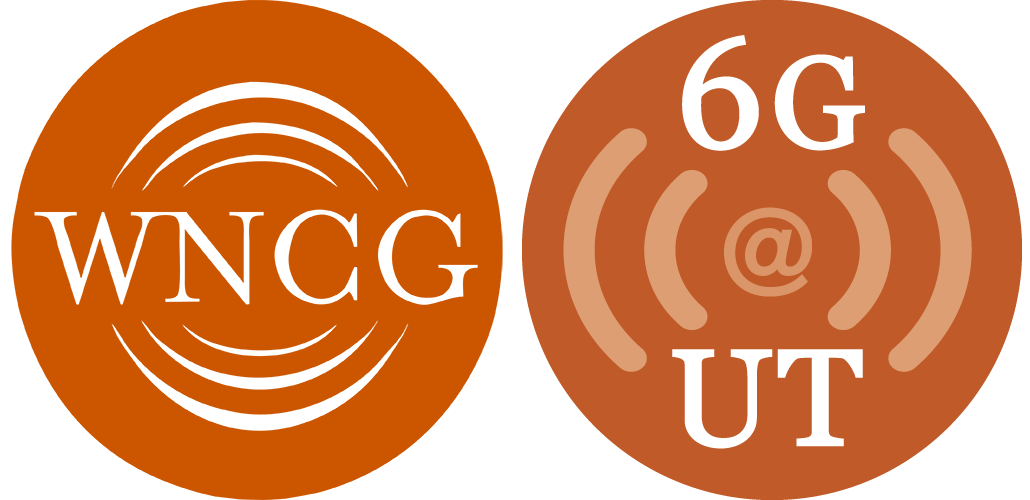Event Status
Scheduled
In the 1960’s Nobel Laureate Thomas Schelling came up with a dynamical system model predicting that racial segregation of neighborhoods arises even in the absence of racist sentiments, so long as individuals prefer to live adjacent to at least a small number of neighbors of their same type. In short: even moderate individual tendencies regarding neighbors can lead to global, undesired consequences. Although the model is quite simple, it gives a fascinating description at how individuals might self-segregate, even when they have no explicit desire to do so, and provides insight about the relationship between a system and its parts, or between "micro motives" and "macro behaviors.”
In this talk, we provide a rigorous formulation in terms of a long-range interacting particle system, and provide additional insights in the evolution and final configuration of the system. First, we discuss a "shape theorem" for the spreading of the "affected" nodes in the network. This is the first result that precisely describes the transient dynamics of the model and shows a cascading process that creates segregated regions that are close to monochromatic balls with exponential radius in a given metric. We then study the limiting size of the largest monochromatic region, for a given interval of agents' preferences, showing that after a sufficiently long evolution time segregation occurs with high probability, and any agent is contained in a large monochromatic region of exponential size. This is the first high probability result for the two-dimensional version of the model. We also show that exponentially large almost monochromatic regions, namely regions where the fraction of nodes of the minority color vanishes, are expected for a wider interval of the individual preferences. We conclude by making some general considerations on the possible ways of curing segregation, given the insights provided by these results.
Based on joint work with Hamed Omidvar.
Event Details
Date and Time
Sept. 6, 2019, All Day

